How can designers unlock the potential of Oculus Rift?
Virtual reality experiments at consultancies like Ustwo, Uniform and Found Studio have grown into fully formed projects and are now becoming something they can offer clients.
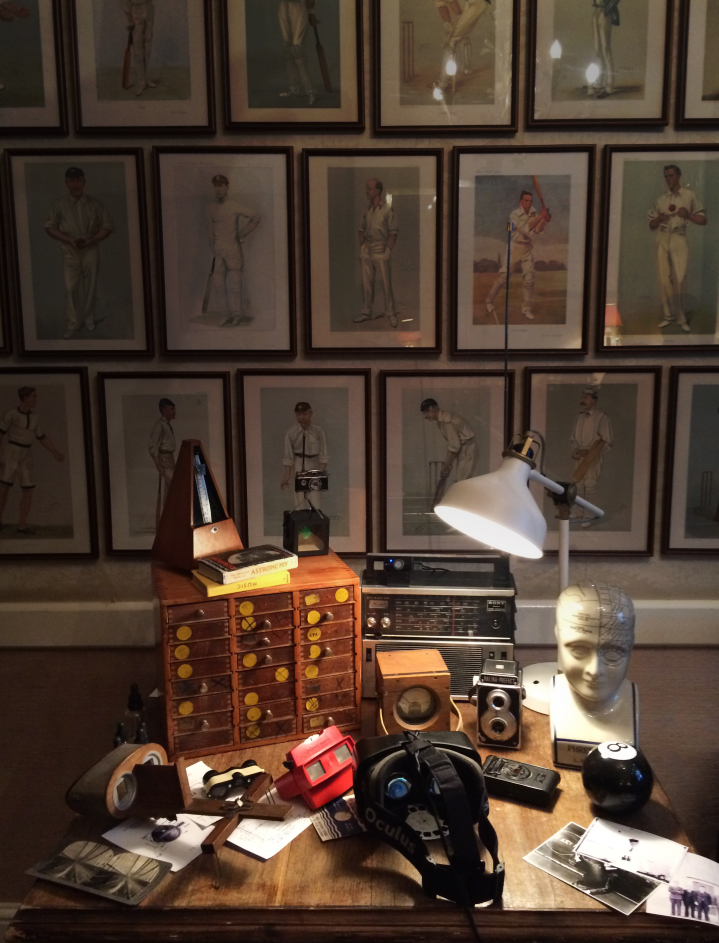
The potential for virtual reality headset Oculus Rift is reaching far and beyond the gameplay usage many observers first foresaw.
There were hints of this when Facebook acquired the fledgling company for £1.3 billion last year; Facebook owner Mark Zuckerberg is understood to see in Oculus a powerful communications platform.
But as designers get to grips with Oculus, what do they see? We know they already use it as a tool – a way to fast-track development work, by designing for a facsimile virtual space before applying that design to a real world space.
A new Studio Output company Allez Studio will be using Oculus as a big part of its offer, which is producing large-scale immersive content for brands.
Studio Output has re-structured under what it calls Output Group, encompassing Studio Output’s London and Beijing studios, interactive and animation group Found Studio – which it acquired last year – and the newly formed Allez Studio.
Found |Studio creative director Marcus Moresby, who will be working on Allez projects, showed Design Week a research and development project which hints at how Allez will be using virtual reality to bring brand experiences to life.
Moresby is primarily interested in “how we can link back experiences to the real world,” he says.
We are standing with him in a room, quite a peculiar one, with cabinets of taxidermy, antique furniture and hung pictures of cricketers. A few props have been brought in, such as an 8 Ball toy, which sits on a busy desk.
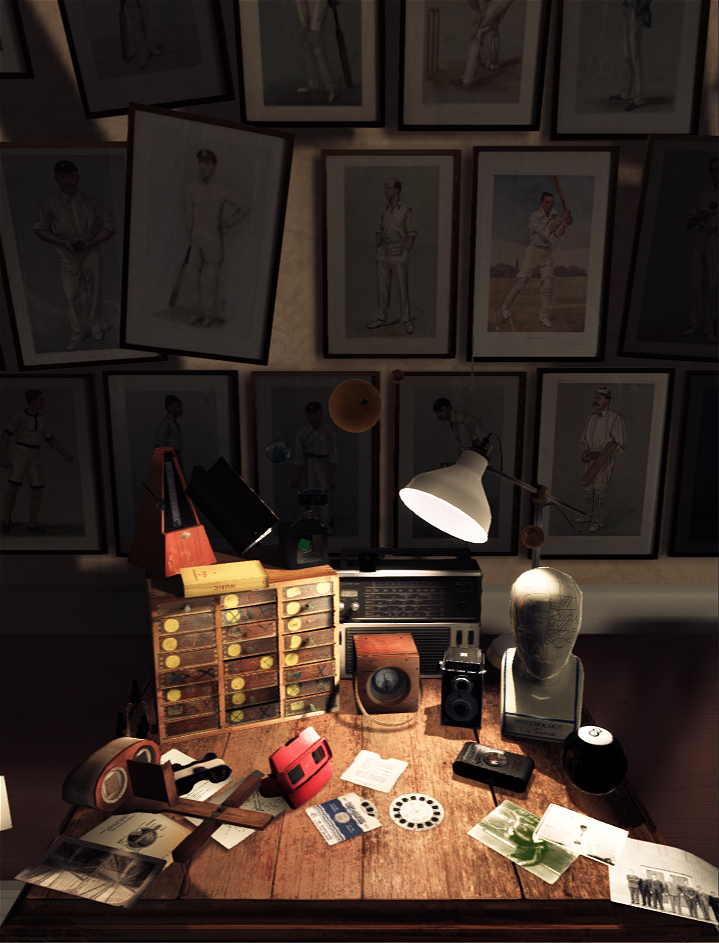
To try the Oculus on is to enter a mind-bending world where the room first appears as you would expect it, but then a wall falls away to give the sense that I’m suspended in space. Inanimate objects on the desk, jump, open and come to life, pictures move and as I look down I can’t see my legs, just the chair I’m sitting on, which really compounds an out of body experience.
“Yeah, you can really fuck with people’s heads,” Moresby says afterwards. “It’s quite a trippy thing because really you’re tricking the brain.” In testing he had to limit how far they took the experience as “some people were getting vertigo and nausea” he says.
To create this atmosphere of controlled bewilderment, first the dimensions of the room and everything in it were measured. Then everything was photographed for reference and built in 3D using Cinema 4D, before being imported into Unity, (a programme developers use to make programmes for Oculus).
Moresby says that when creating brand experiences he wants to avoid replicating real world experiences, and rather he would use the real world as a template to project unfamiliar things onto.
“If we were working for a car brand, instead of replicating a normal driving experience for them we could do something more creative like a movie-style car chase – something you couldn’t experience in real life,” he says.
Now he is working on networking headsets together so that wearers can be present in the same room and see the same action from different angles.
The headset could even be combined with Leap Motion – hand gesture tracking – to give users more control.
Oculus Rift is not the only virtual reality headset of its kind. Sony is working on something called Morpheus, and HTC and Valve are creating a product called Vive. Meanwhile Oculus has developed another headset with Samsung called Gear VR.
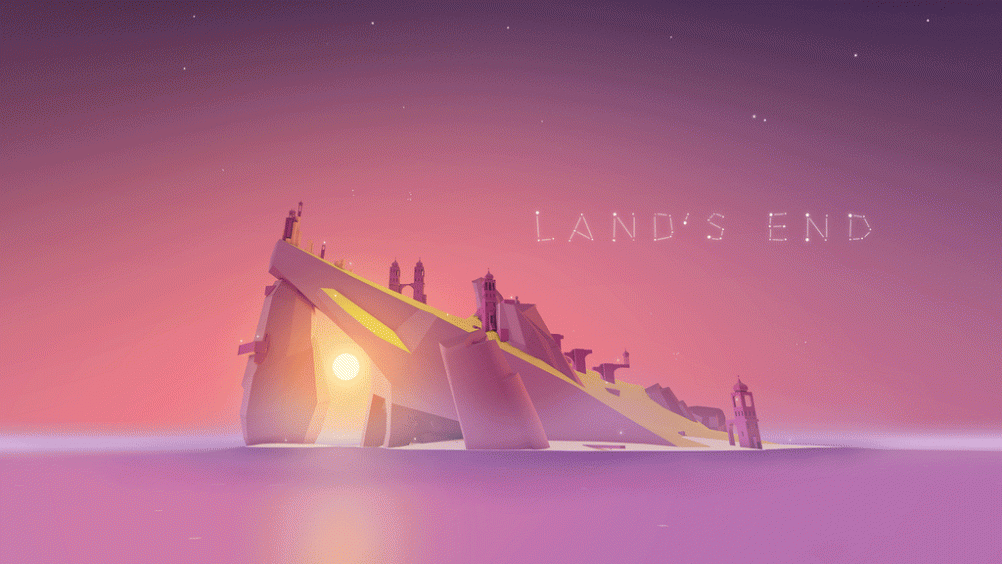
Ustwo, part interactive consultancy and part product design company, is working on Land’s End, an original game for the Gear VR.
The project has been underway since August 2014 with Ustwo technical director of games Peter Pashley leading on it between other projects.
Pashley says: “It’s very different to designing for mobile or console games. Players are so immersed and it requires so much of their attention that we feel like we should keep our end of the bargain.
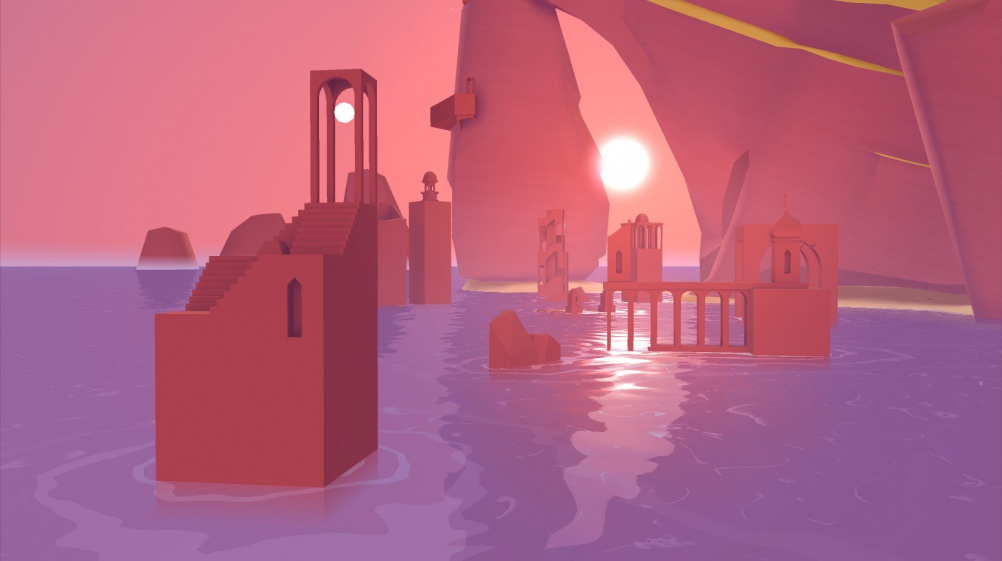
“It requires a reasonable amount of effort to put a big black helmet on so we feel like we need to repay them; you can’t just give people an experience they could get from another platform.”
Land’s End is still under development at the moment but Pashley says that virtual reality is also generating interest from clients on the consultancy side of the business.
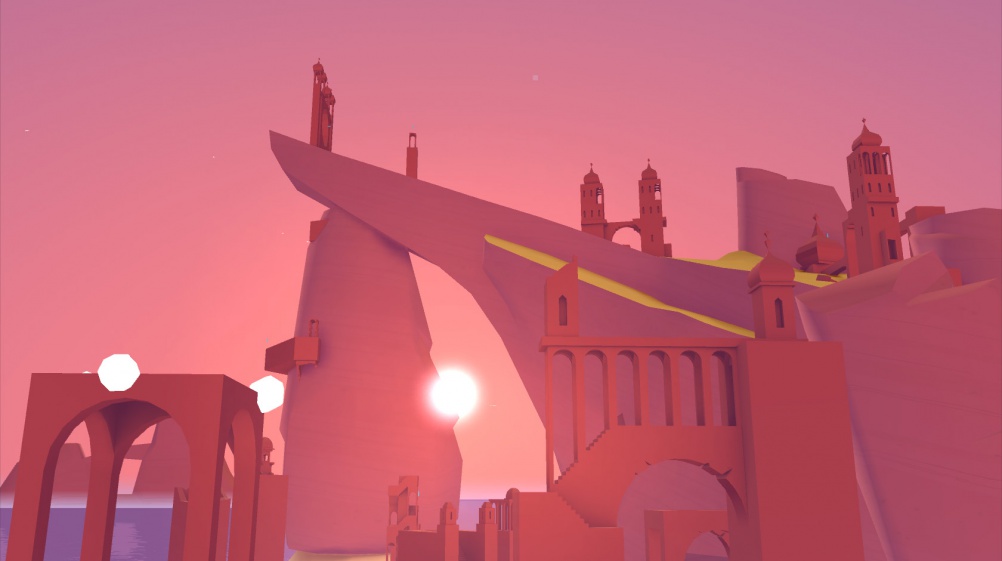
The obvious potential is in recreating spaces he says. “It could work well in retail, particularly travel agents, hotel rooms and estate agents – anywhere where you can sell what a place will look like.”
Consultancy Uniform has been doing just this – looking into how Oculus Rift might be used in high end property to help architects, developers, investors and buyers visualise living spaces.
Uniform spokesman Scott McCubbin says that around a year ago Uniform began looking at how in an increasingly competitive property market there might be benefits in helping people visualise unbuilt property.
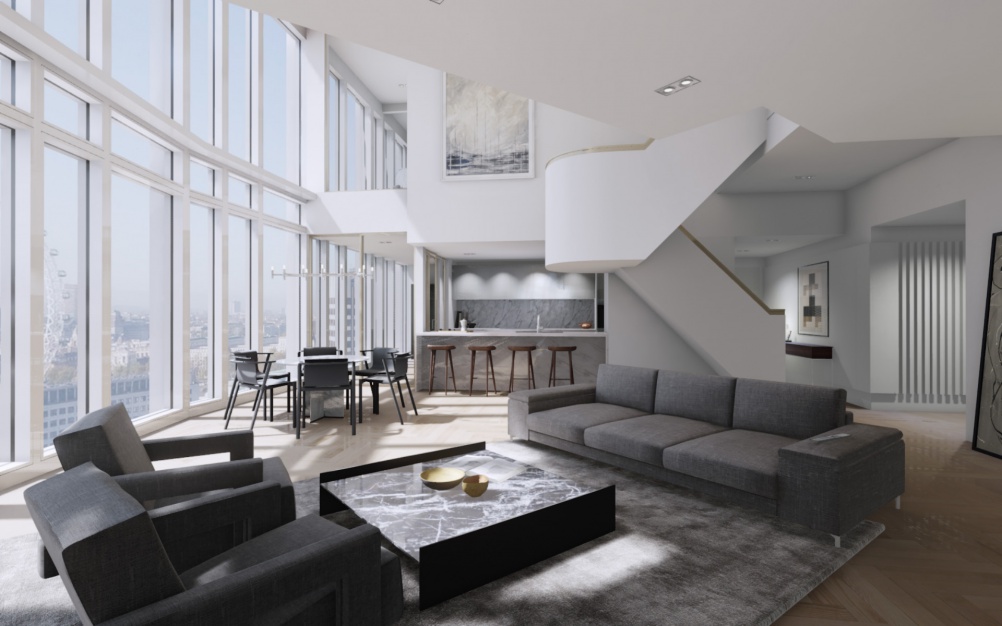
To demonstrate the latent potential in virtual reality Uniform created an apartment on Oculus Rift and demonstrated it speculatively to the likes of architects and developers.
McCubbin says: “In the past, we found that getting the balance between smooth movement versus quality of imagery was an issue. You had to compromise one over the other, but for the first time it’s possible to do both… although it’s not quite photo real, it’s moving around the space that gives you the compelling experience.”
Interestingly he agrees with Moresby that too much speed can bring on nausea.
Initially Uniform looked to bring its virtual apartment to life by allowing the user to trigger things like turning on the TV, radio or even taps.
“The architects weren’t critical at all and loved the idea of scope and exploration of space, but developers sad that the extras didn’t add value and that instead we should be looking at instead adding the ability to change things like floorings and kitchens on the spot,” says McCubbin.
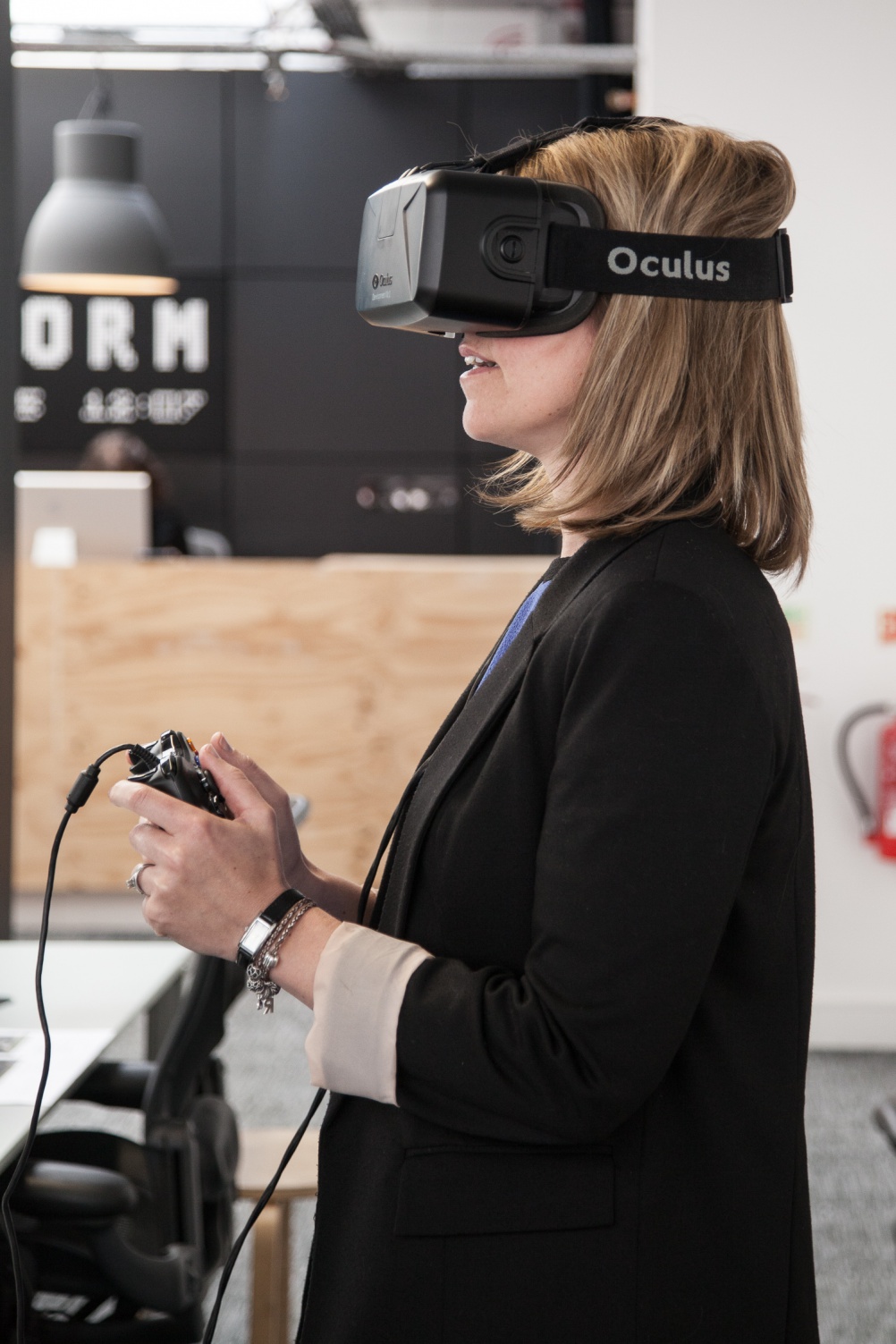
Designers of all types are often challenged by the prospect of justifying the return on investment of something intangible to a client.
The barriers posed by virtual reality are both physical and virtual – physical because of the obstructiveness posed by putting on a clunky headset and looking like a wally, and virtual because it is a relatively new and unkown technology with little take up at the moment.
All three of the consultancies we spoke to are convinced the tide is shifting and it is up to designers to show people how these platforms can be used.
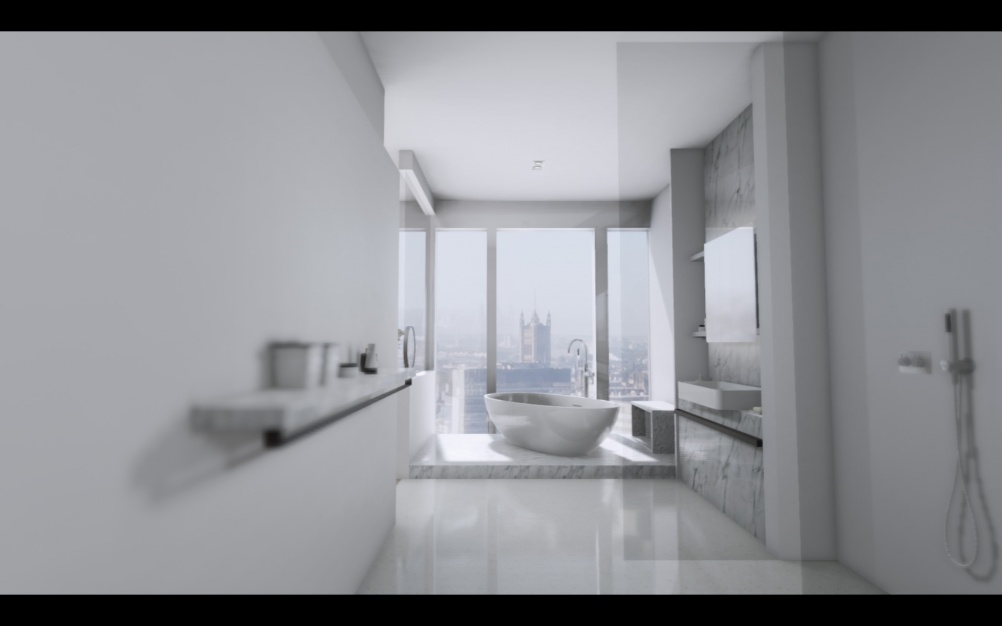
McCubbin thinks that a property developer might need to make a £50,000 investment if a consultancy were to offer a virtual reality service.
“The big thing they want to know is, will it carry them over the line? Will it be the difference between a sale or a non-sale?” he says.
One of the big selling points though is that using virtual reality has such universal appeal.
McCubbin says: “We took it out to Dubai and everyone wanted a go, even members of the royal family. If you’re selling a dream or a vision you can communicate it a lot more effectively with virtual reality.”
-
Post a comment




